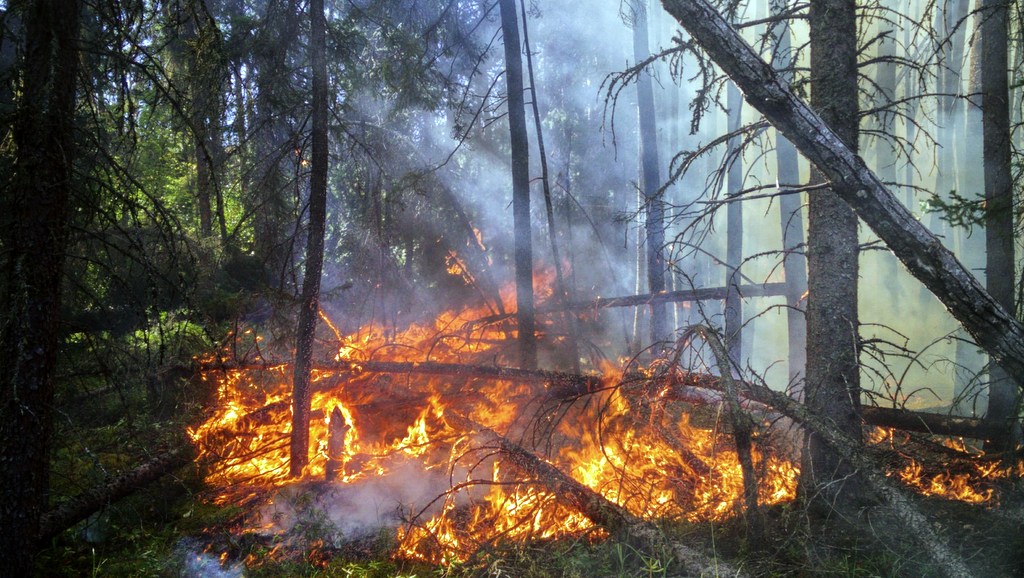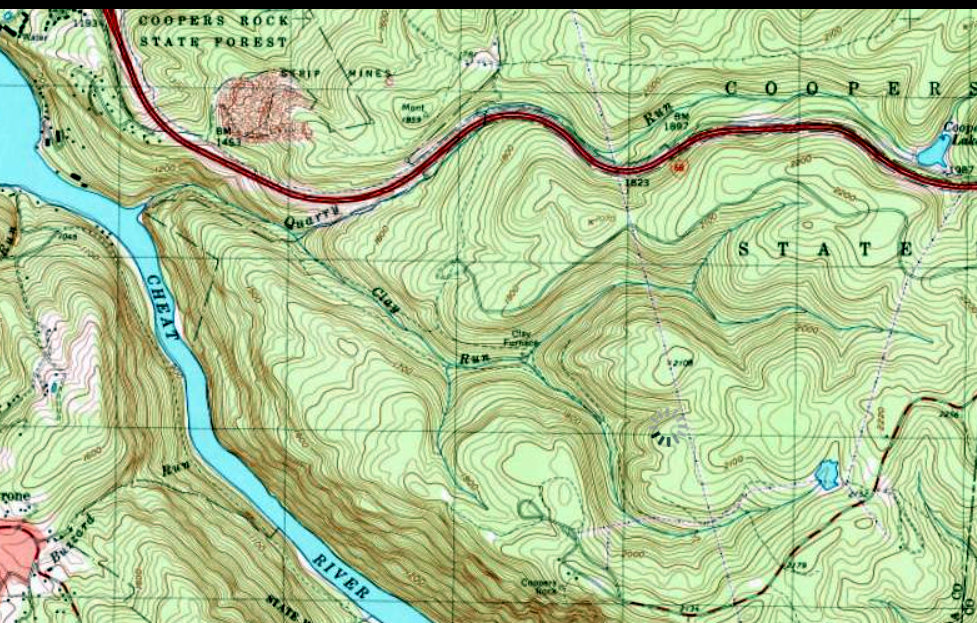Officials with the West Virginia Division of Forestry are reminding the public to be cautious throughout spring fire season and follow safe burning laws.
Between January 1 and March 25, 2021, the division reported 312 fires, and nearly 3,000 acres burned. During the same period in 2020, the division counted 158 fires and 632 acres burned. Debris burning accounts for more than 35 percent of all wildfire occurrence over the past 10 years.
Spring fire season extends from March 1 through May 31. During this period, burning is prohibited from 7 a.m. to 5 p.m. The division provides Forest Fire Laws on its website.
Dry weather reason for West Virginia fire seasons
Weather conditions and the care people take with their fires play important roles in preventing wildfires, says Jon T. Wilson, service forester for Tyler and Doddridge counties in northern West Virginia.
“The slight increase in fire activity this spring can be attributed to drier weather conditions during the month of March,” Wilson said.
“The precipitation experienced over most of the state during February did little to decrease forest fires this spring.
"Just as wet clothes hung outside will dry in an afternoon, so will forest leaf litter and vegetation. One dry and windy March afternoon can dry the fuels in the forest and ready them for combustion.”
The daylight burning ban from 7 a.m. and 5 p.m. is based on the presence of dead vegetation and low relative humidity.
During the spring and fall fire seasons, relative humidity levels are typically lower than in summer but increase toward evening. Leaf litter absorbs the moisture overnight, making the material less flammable.
“If residents carefully follow the fire laws, we can reduce the number of fires,” Wilson said.
“The seasonal regulations have been in place for many years and they are very effective in preventing forest fires.”
The consequences of uncontrolled fire are grave
Losing control of a debris fire can endanger property, wildlife, and people.
“In a recent incident, the Division of Forestry unit in command of a wildfire discovered a power pole that was actively burning,” Wilson said.
“This power pole carried large transmission lines and would have been lost had Forestry not extinguished it quickly.”
The division makes the initial response to forest fires and is in command of the fire until it is completely extinguished. Forestry coordinates the suppression efforts using its own and local county resources.
In many areas, local volunteer fire departments may be called to join fire suppression efforts.
“When these local first responders are busy fighting forest fires, they are out of service to the local community,” he said.
“Any county emergencies that occur during this time will have a delayed response from the fire department. It could be the difference between life and death in some cases.”
All division foresters have the authority to issue citations for fire code law violations. Any person or company that has caused a fire on any grass or forest land must reimburse the state for the costs incurred in the suppression of the fire.
Fines for forest fires due to negligence range from $100 to $1,000 with an additional civil penalty of $200.
Arson accounts for nearly a quarter of state wildfires
Arson accounts for approximately 22 percent of West Virginia wildfires, Wilson said.
The division is responsible for investigating wildland arson fires, and its Special Operations Unit uses certified search dogs and meticulous arson investigation techniques to pursue arsonists. Forestry also enlists the eyes and ears of members of the public.
Anyone with information about arson fires can contact Forestry’s Special Operations Unit by calling the arson hotline at 1-800-233-FIRE or by reporting online at wvforestry.com/report-a-violation.
Additional contact information for West Virginia Forestry’s regional offices may be found at wvforestry.com/contact-us.
Sign up to receive a FREE copy of West Virginia Explorer Magazine in your email weekly. Sign me up!


